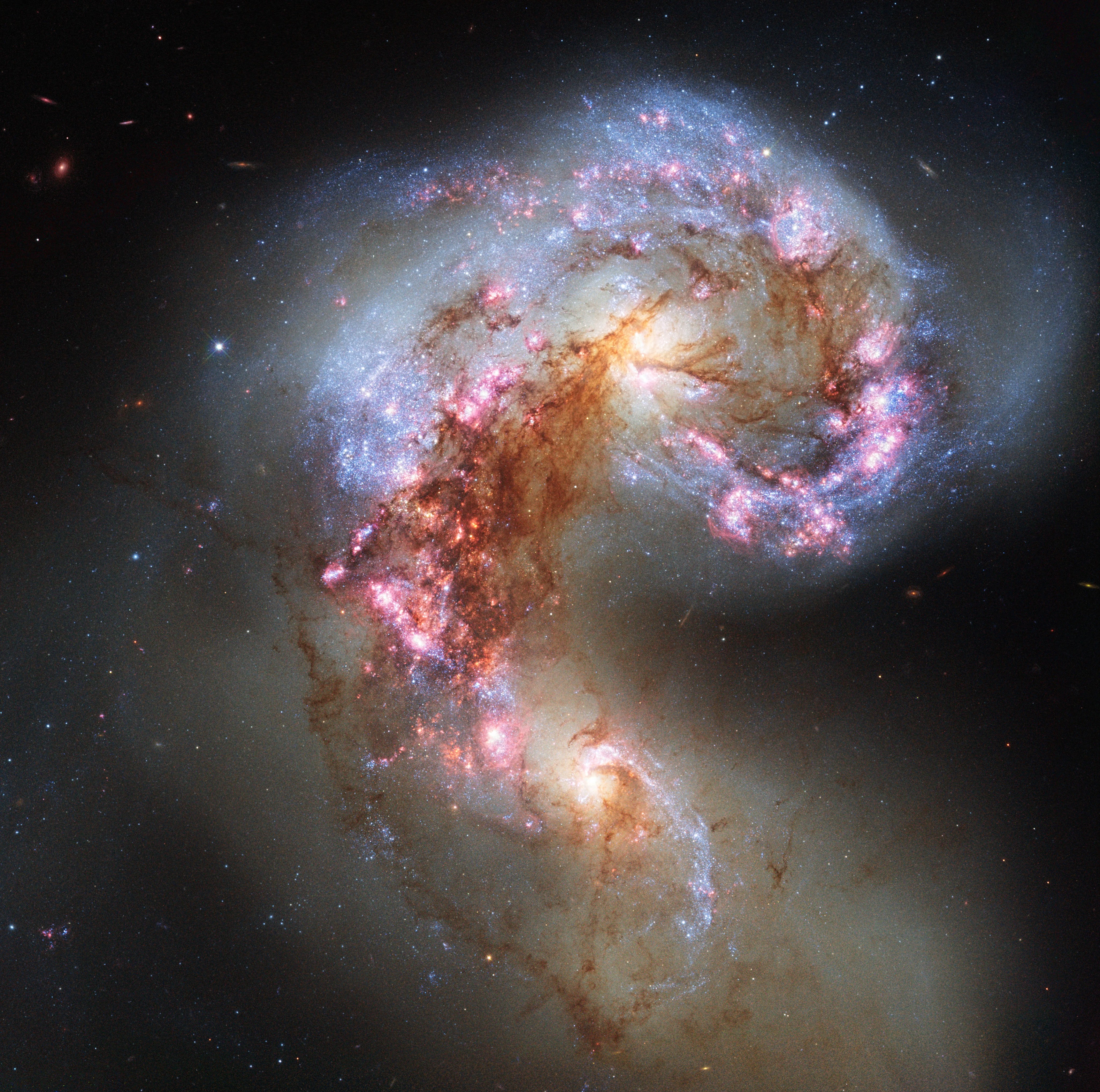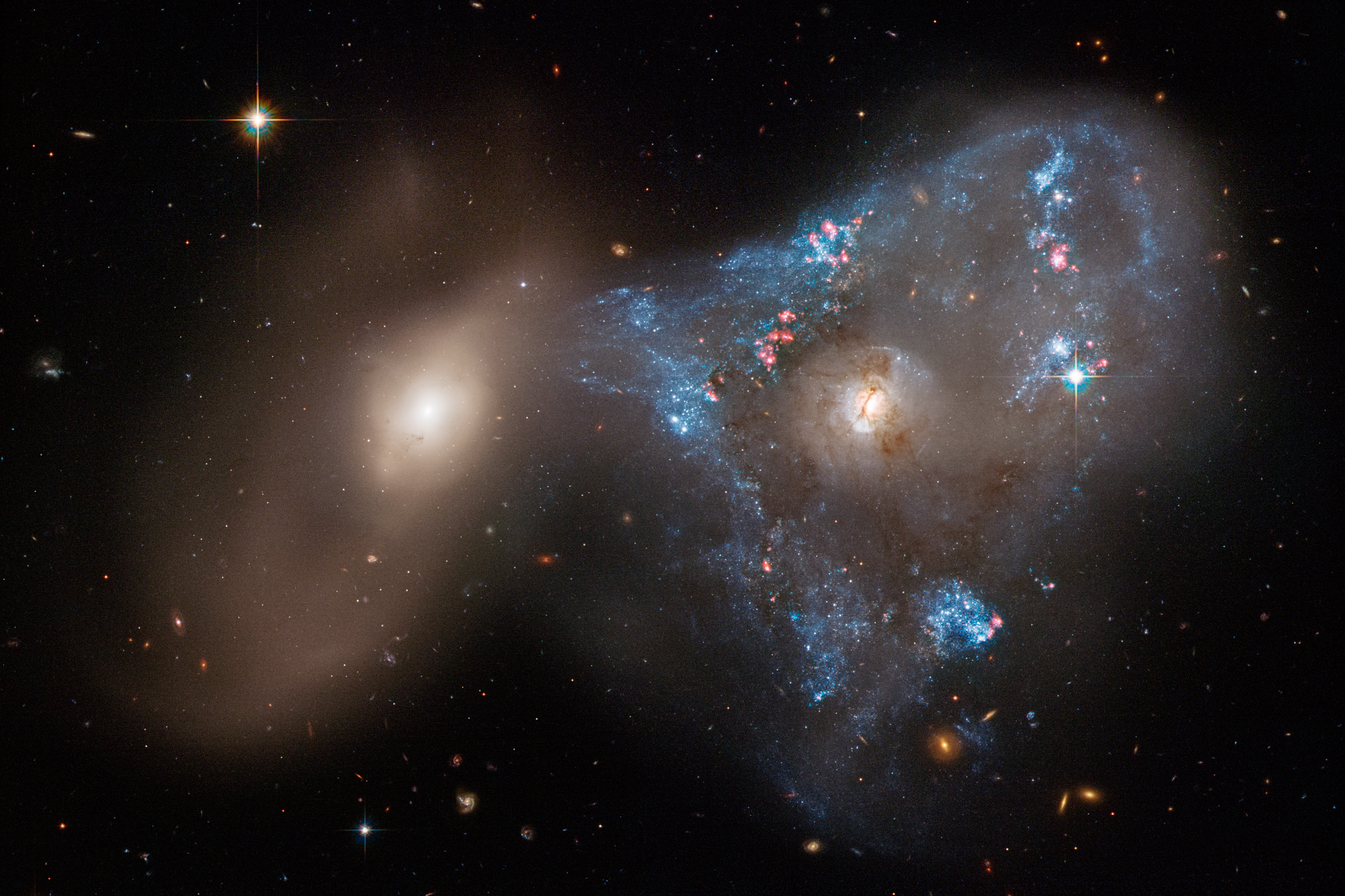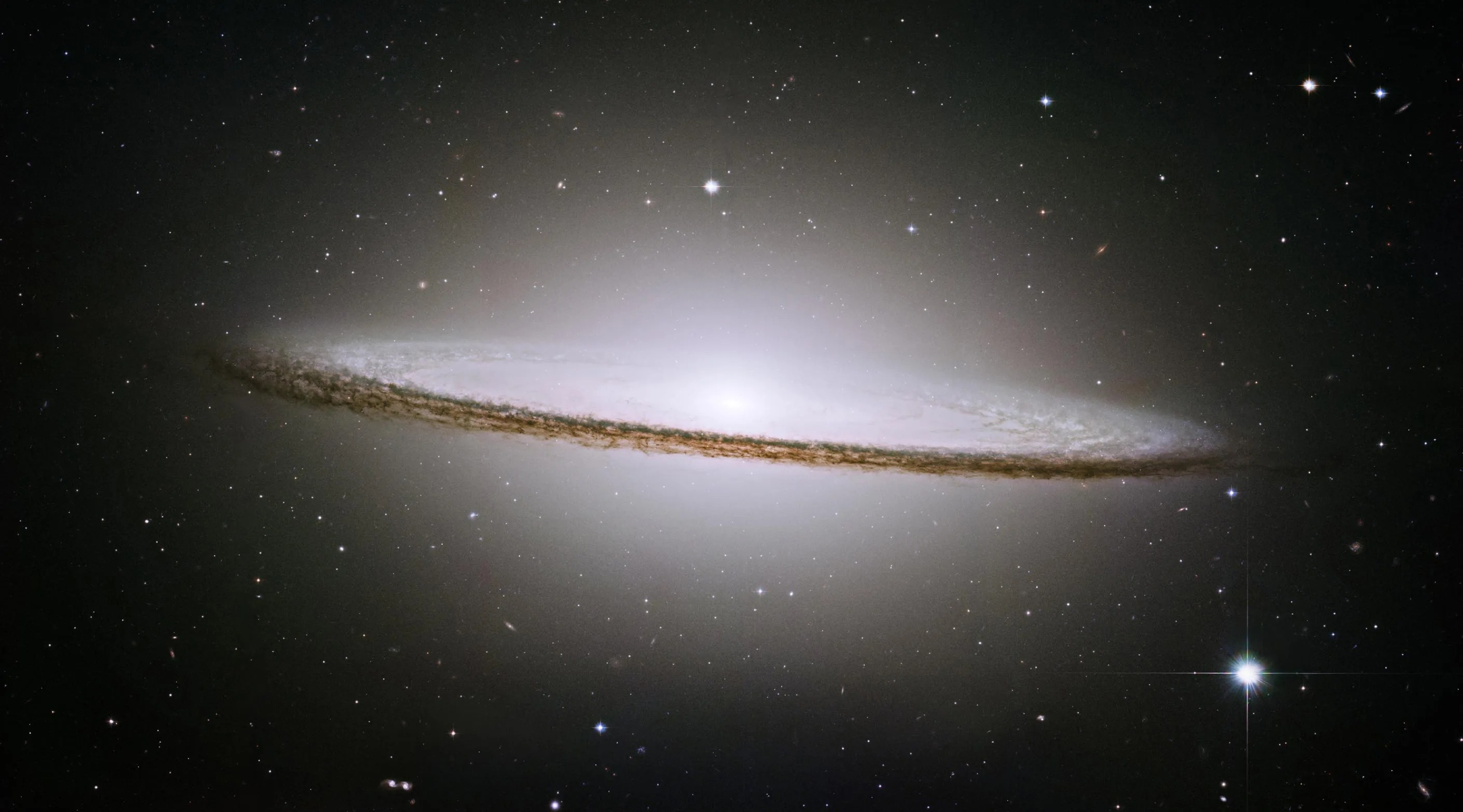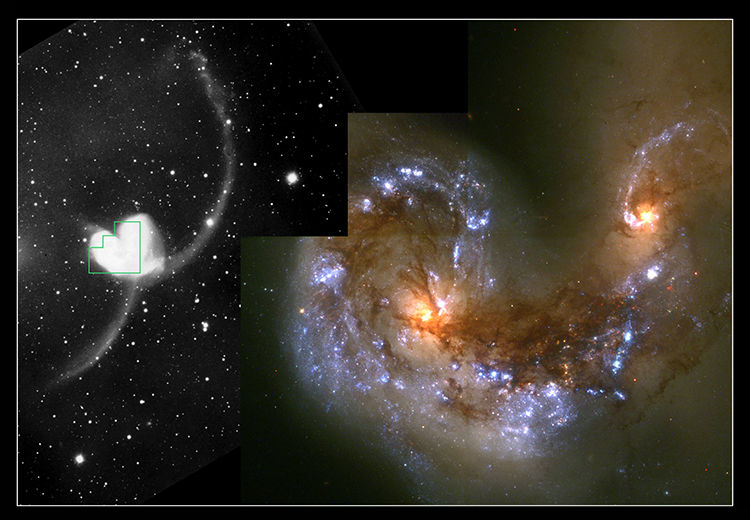Astronomer Edwin Hubble pioneered the study of galaxies based simply on their appearance and categorized them according to three basic shapes: spiral, elliptical, and irregular. Some 60 years later, the sharp vision of the space telescope named in his honor began seeing unprecedented details in galaxies, revealing intricate, dark dust lanes and glowing knots of star formation. Hubble helped uncover the supermassive black holes that power the bright centers of massive galaxies, and revealed the interdependent relationship black holes have with their host galaxy.
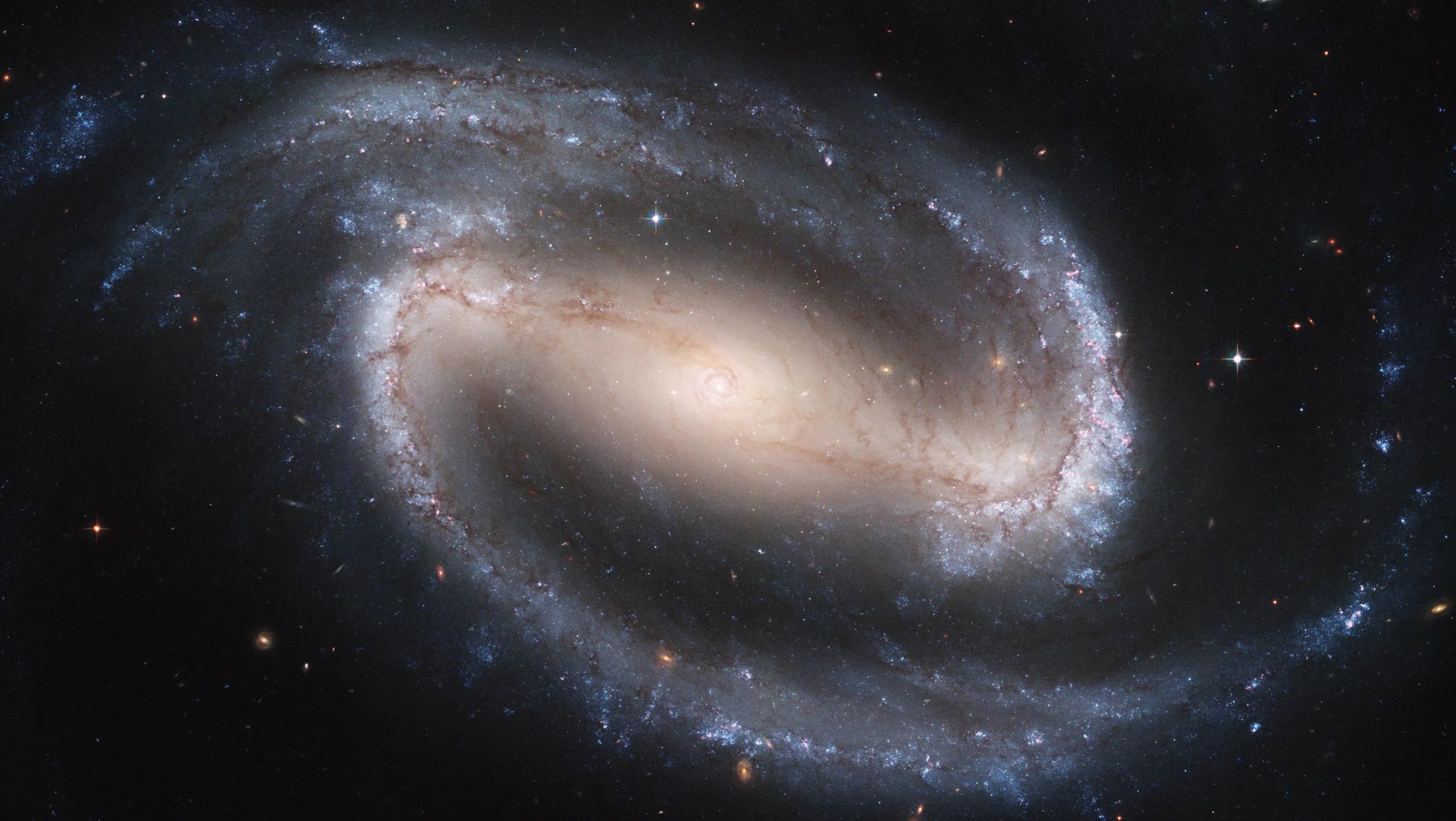
Hubble has also captured merging galaxies that look like a “Great Pumpkin,” a “Space Triangle,” “Antennae,” and “Mice.” For all their violence, galactic collisions take place at a snail’s pace – over timescales that span several hundred million years. Hubble captures a mere snapshot of these mergers.

Josh Barnes (University of Hawaii) and John Hibbard (National Radio Astronomy Observatory)
Hubble images of the “tadpole-like” Antennae and Mice galaxies reveal the gravitational turbulence these galaxies endure. The interacting duo called Arp 143 (the “Space Triangle”) holds a pair of distorted, star-forming spiral galaxies. Astronomers think the pair passed through each other, igniting a triangular firestorm of new stars.
Mergers like this preview the coming collision between our own Milky Way and the neighboring Andromeda galaxy 4 billion years from now.
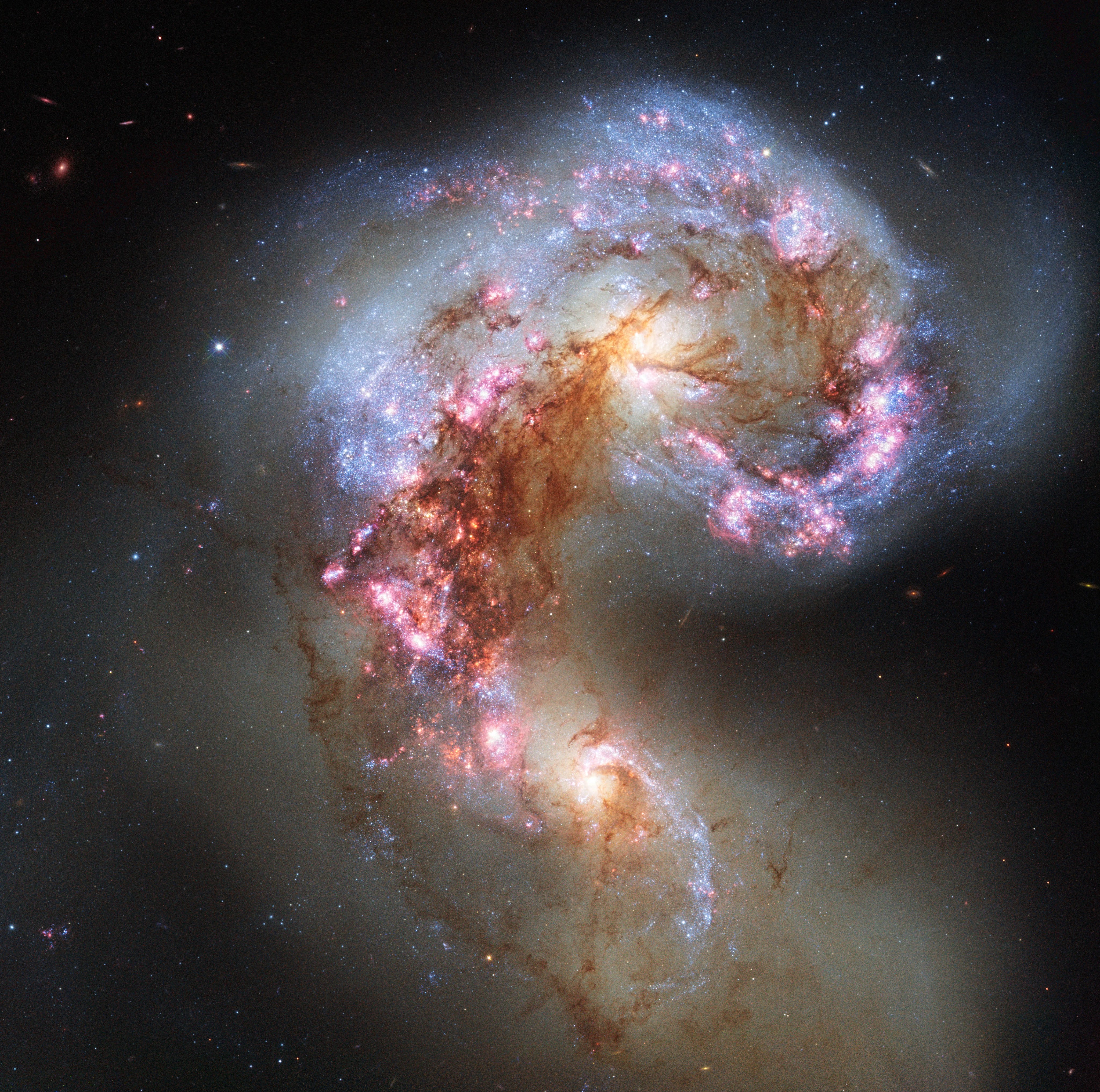
Learn More
Explore Other Hubble Science Highlights
Learn about some of Hubble's most exciting scientific discoveries.
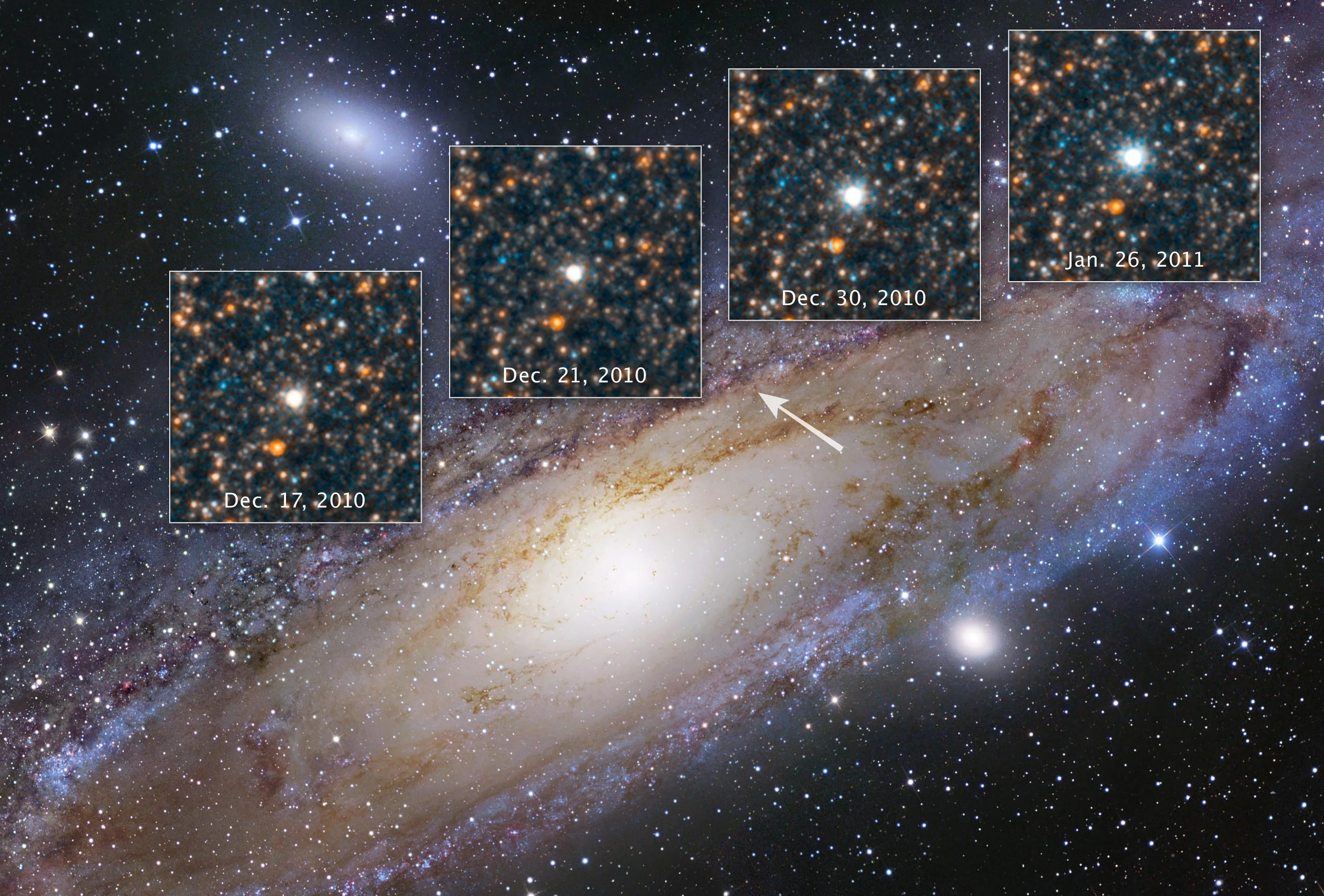
Discovering the Runaway Universe
Our cosmos is growing, and that expansion rate is accelerating.
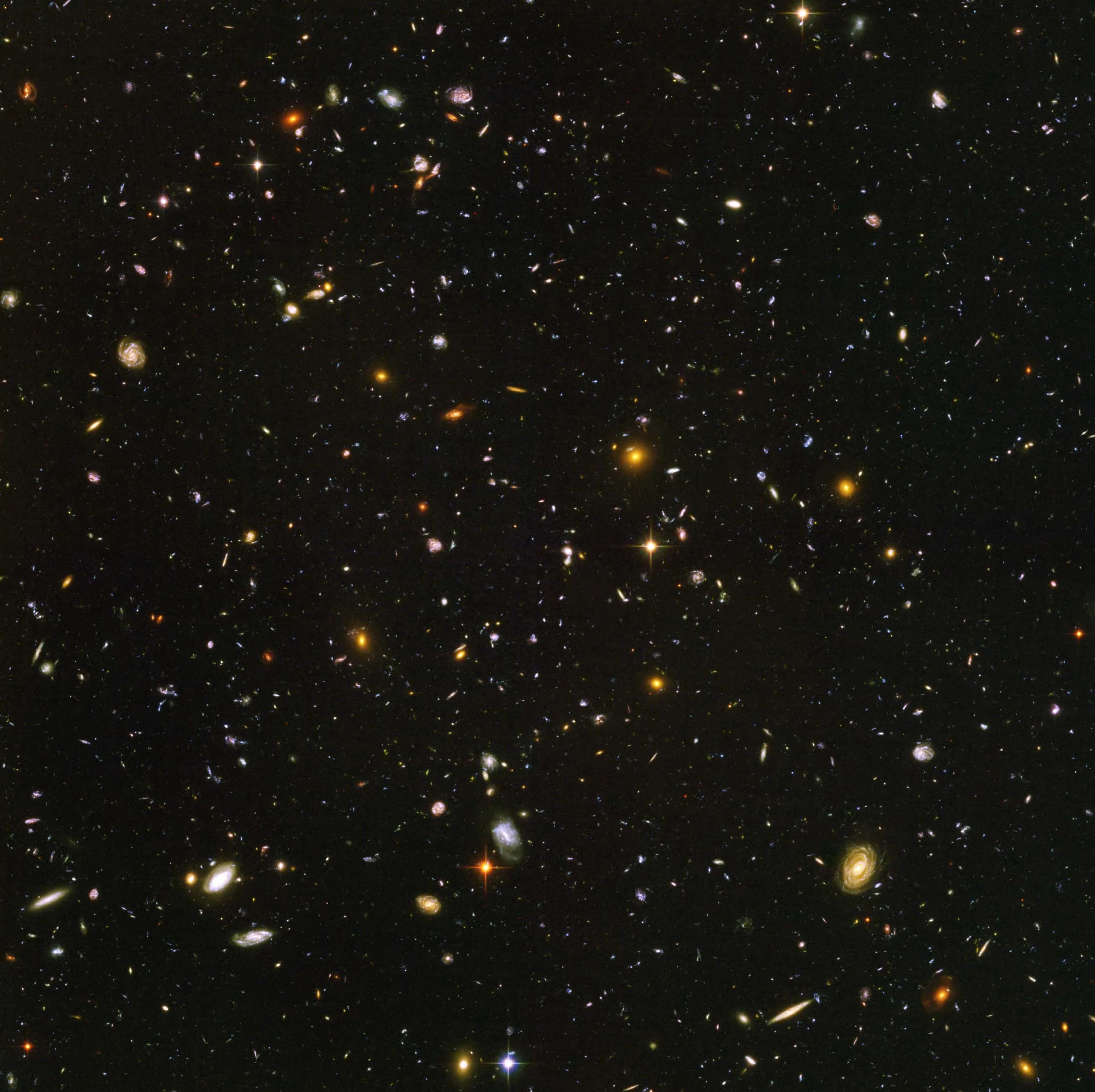
Tracing the Growth of Galaxies
Hubble is instrumental in uncovering the various stages of galactic evolution.
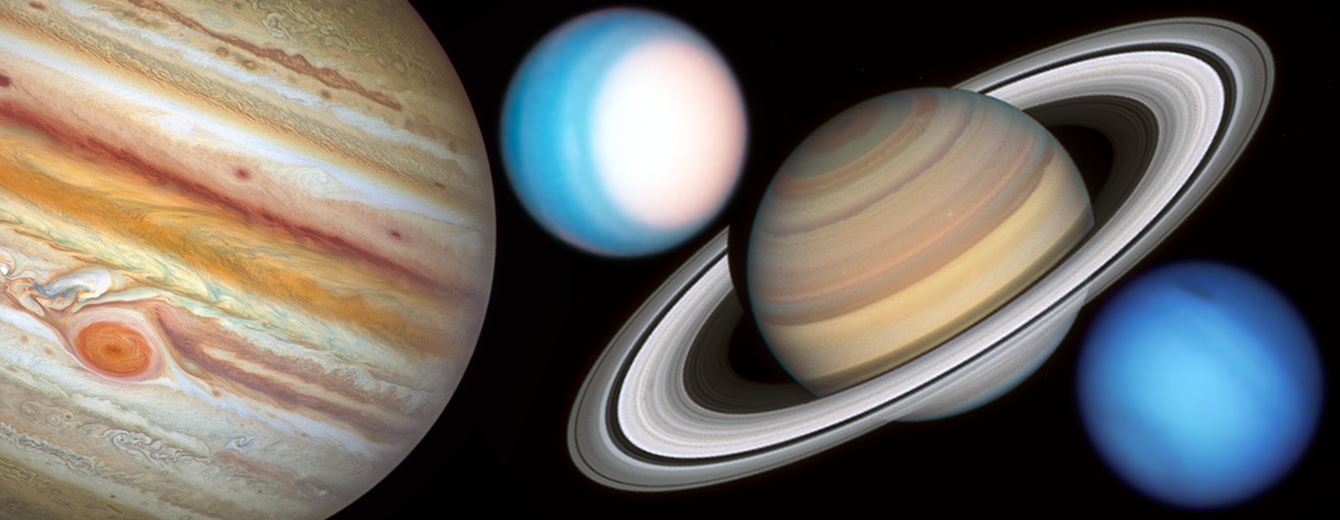
Studying the Outer Planets and Moons
Hubble’s systematic observations chart the ever-changing environments of our solar system's giant planets and their moons.
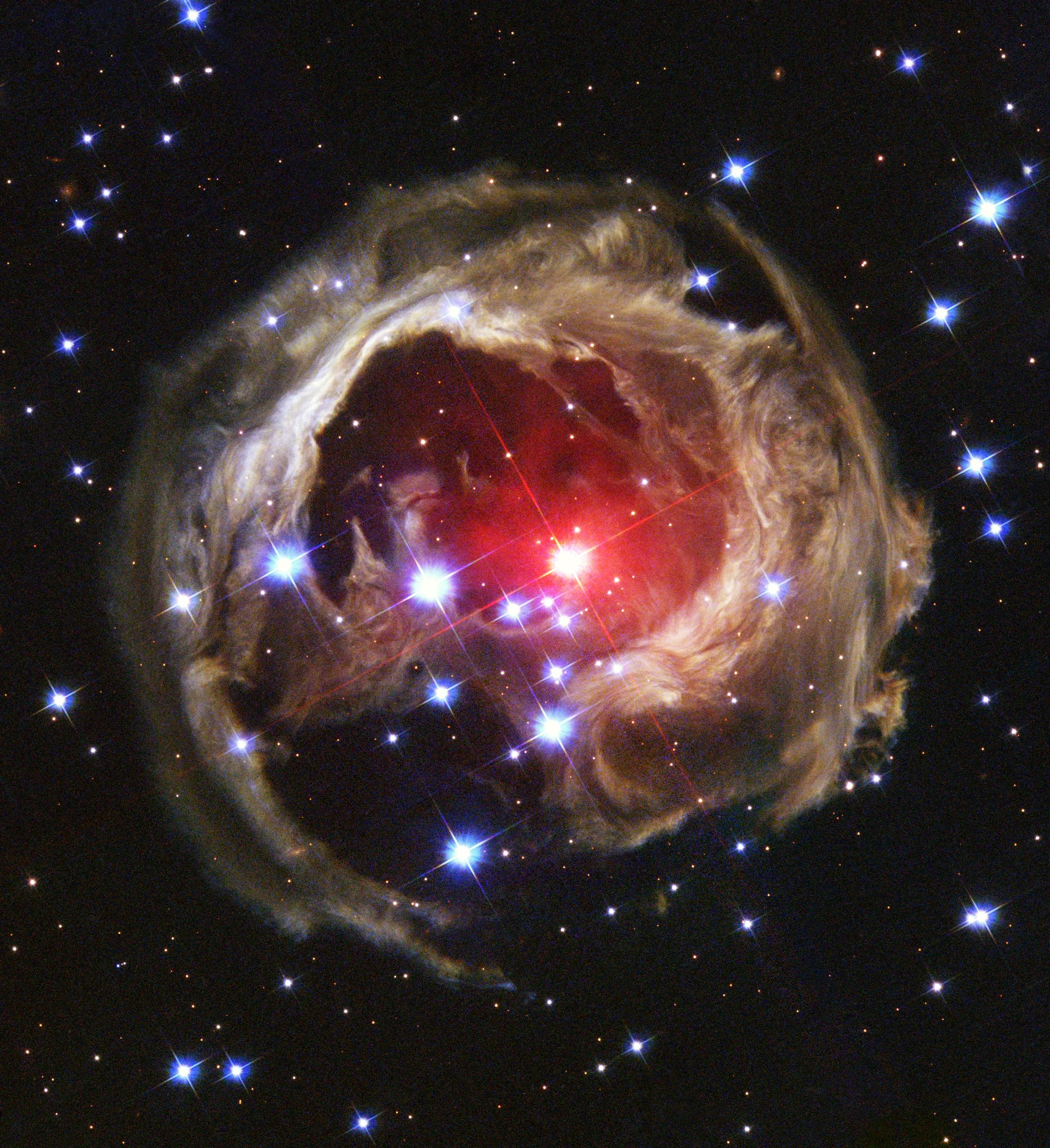
Seeing Light Echoes
Like ripples on a pond, pulses of light reverberate through cosmic clouds forming echoes of light.
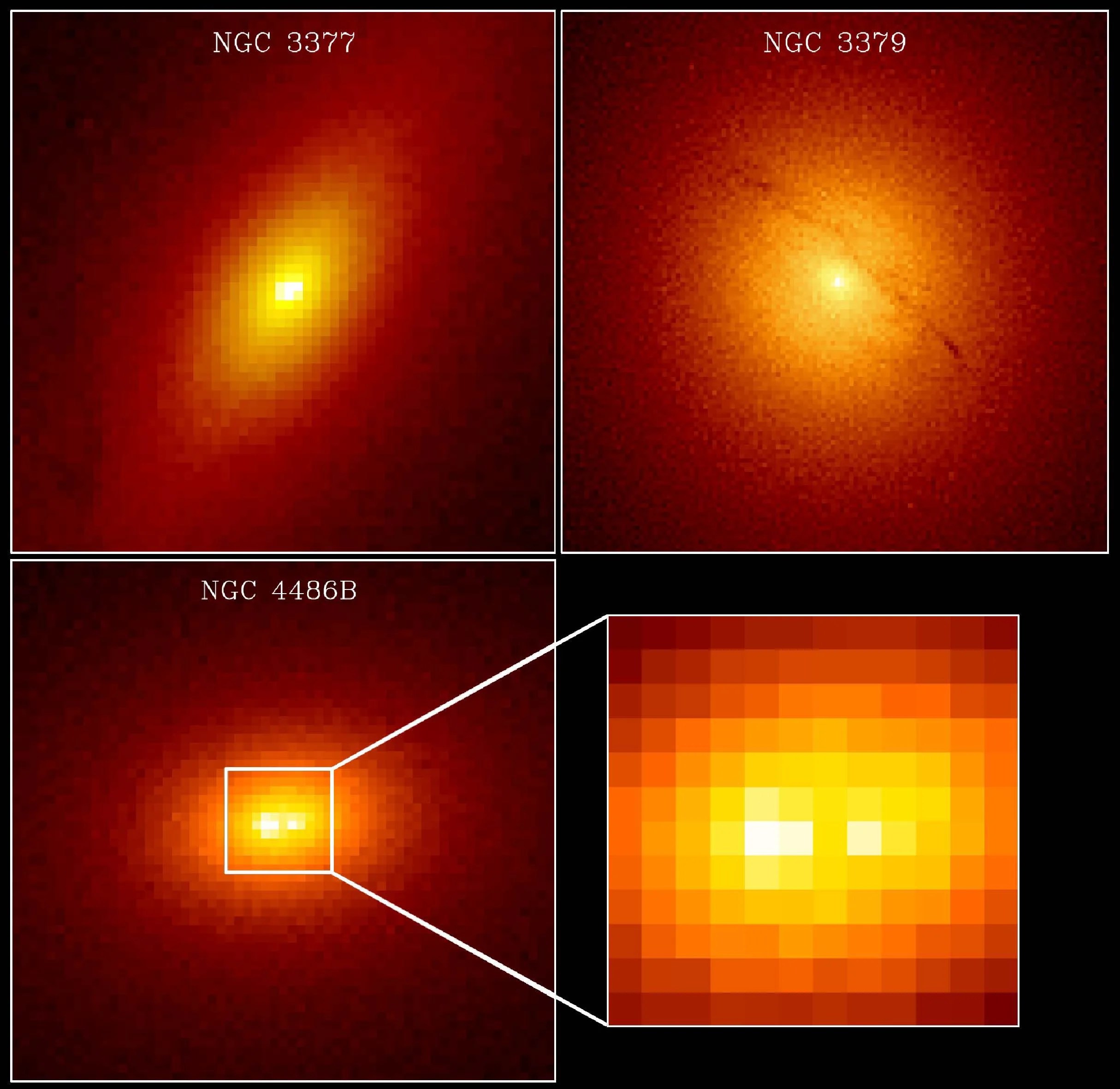
Monster Black Holes are Everywhere
Supermassive black holes lie at the heart of nearly every galaxy.
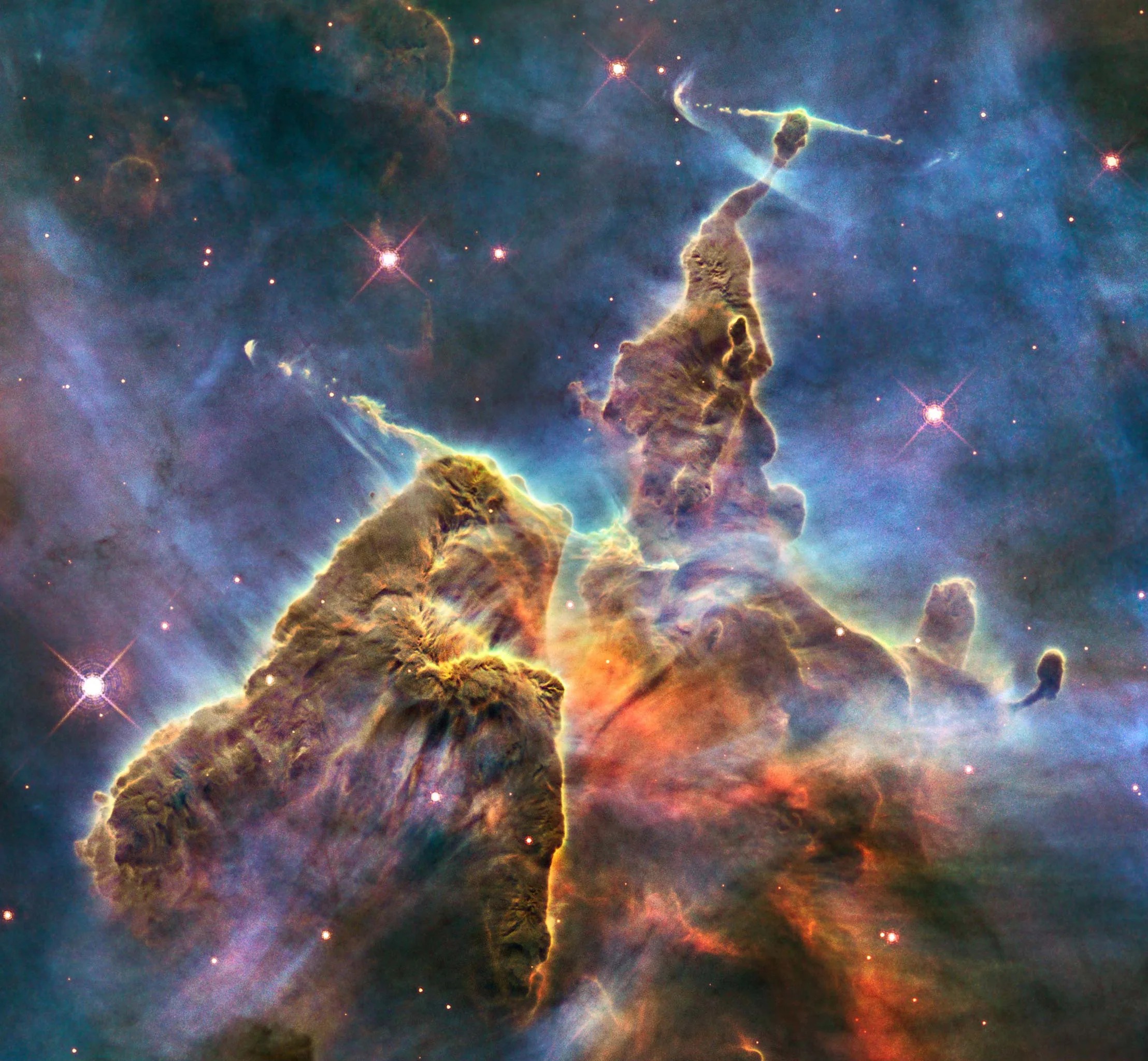
Exploring the Birth of Stars
Hubble’s near-infrared instruments see through the gas and dust clouds surrounding newborn stars.
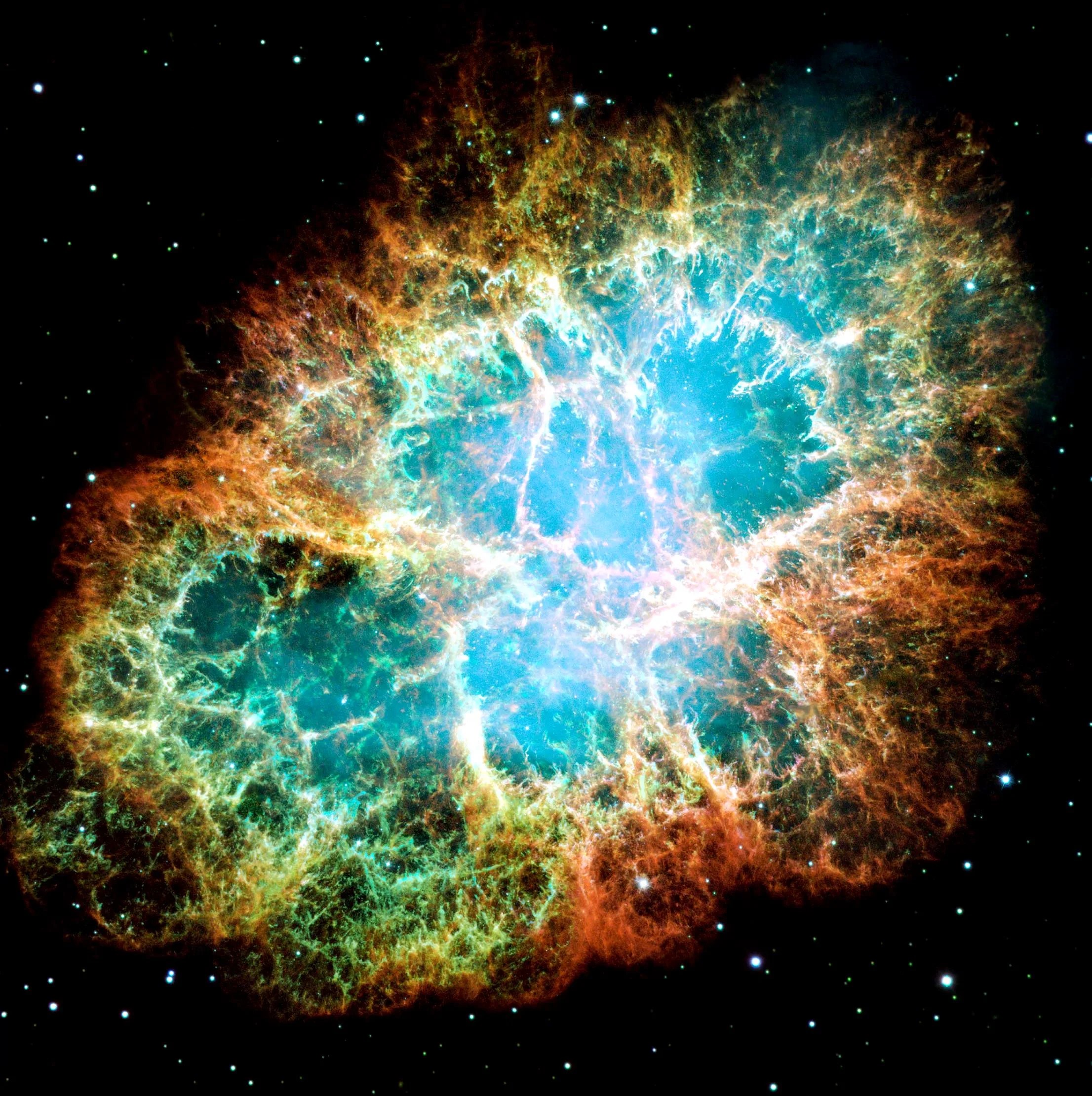
The Death Throws of Stars
From colliding neutron stars to exploding supernovae, Hubble reveal details of some of the mysteries surrounding the deaths of stars.
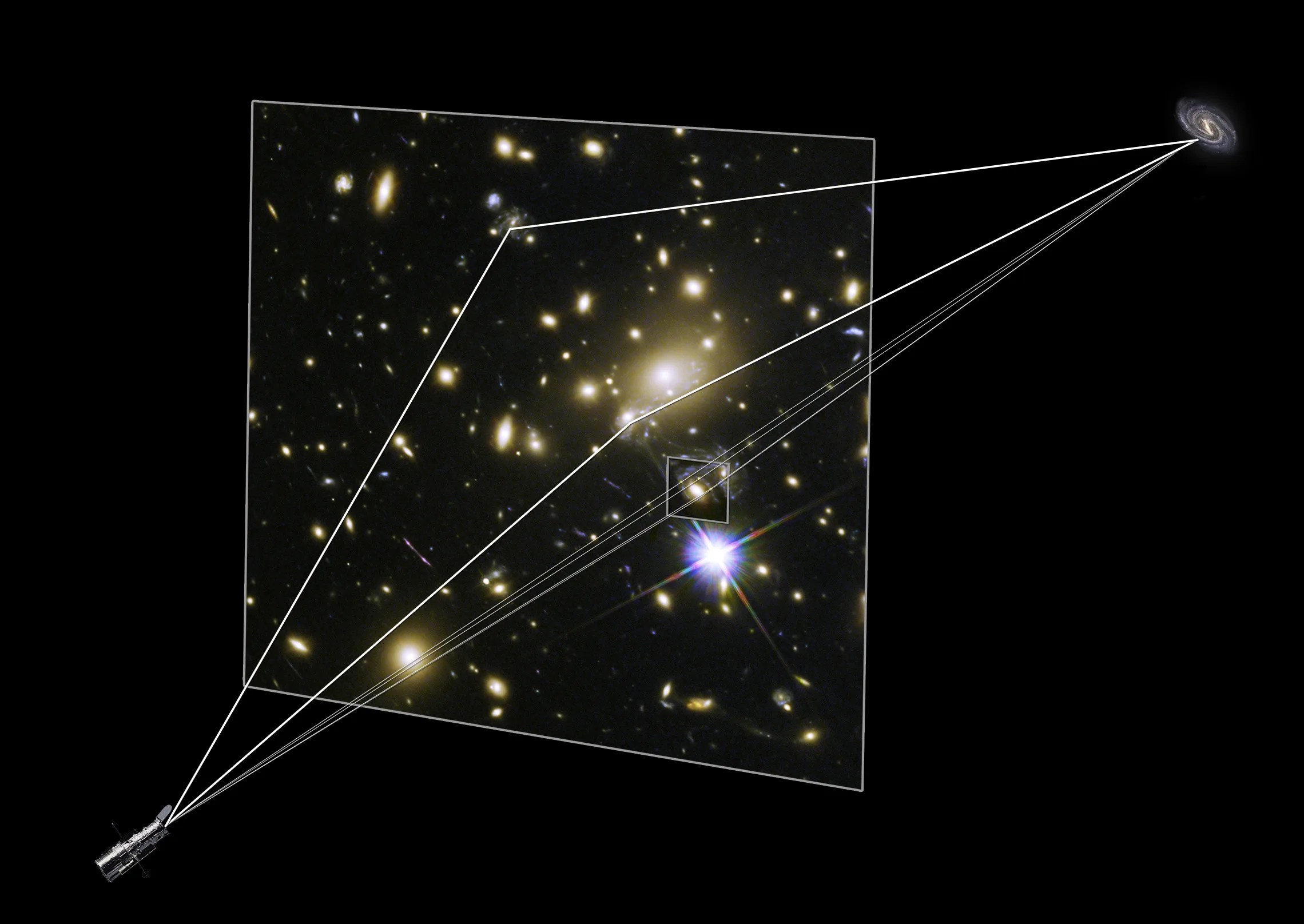
Shining a Light on Dark Matter
Hubble’s observations help astronomers uncover the underlying structure of the universe.
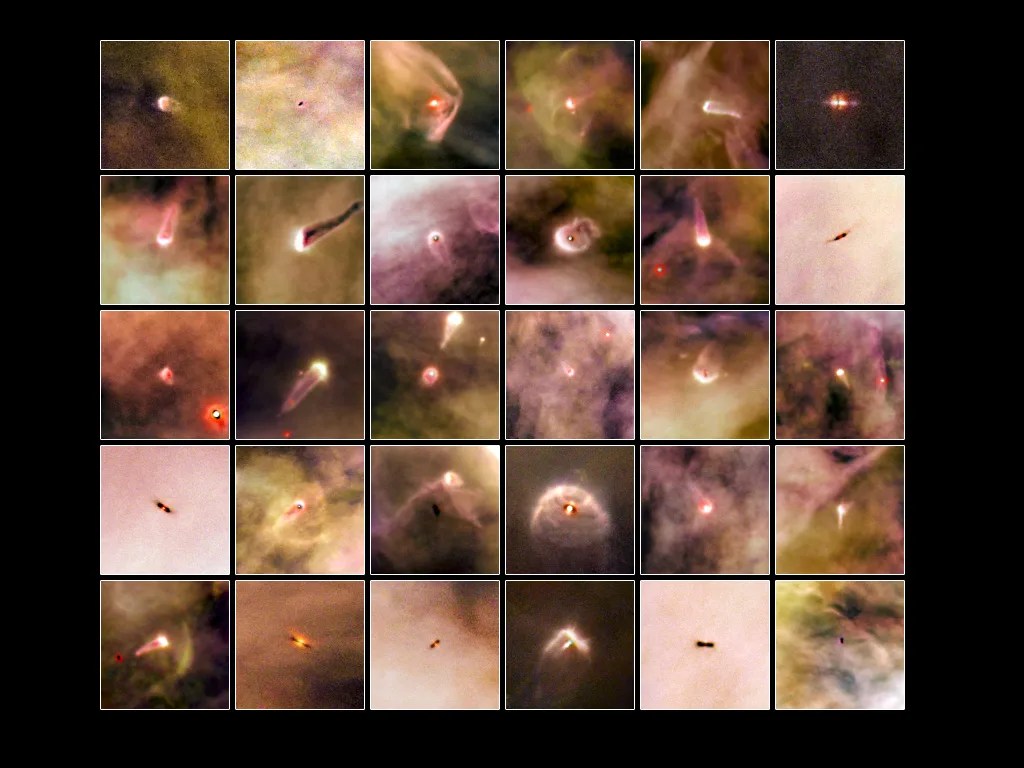
Finding Planetary Construction Zones
Hubble’s sensitivity can reveal great disks of gas and dust around stars.
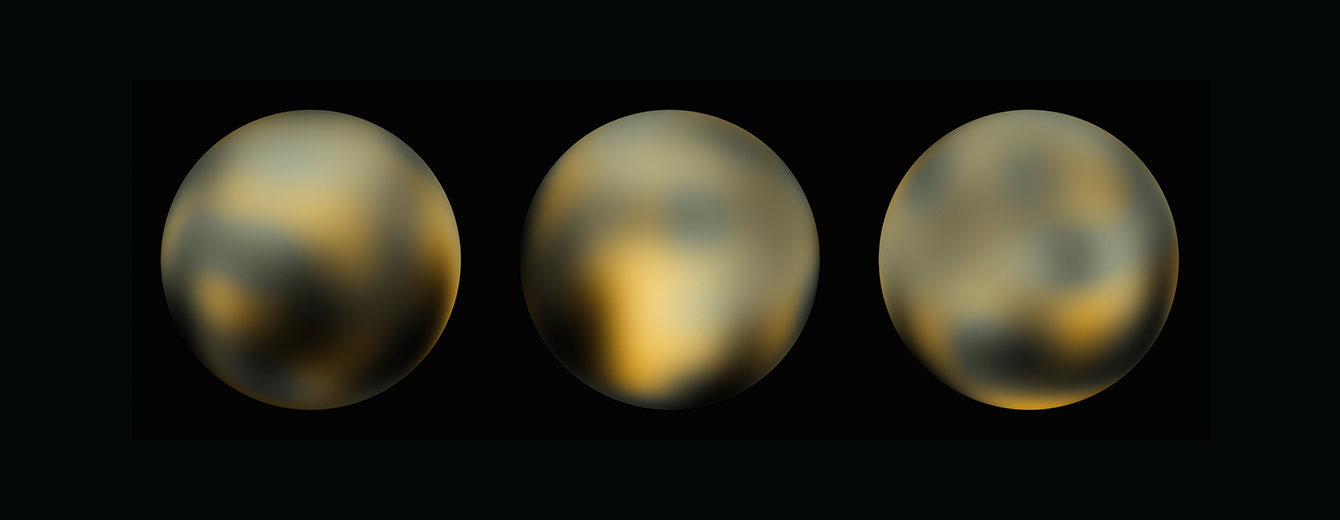
Uncovering Icy Objects in the Kuiper Belt
Hubble’s discoveries helped NASA plan the New Horizon spacecraft’s flyby of Pluto and beyond.
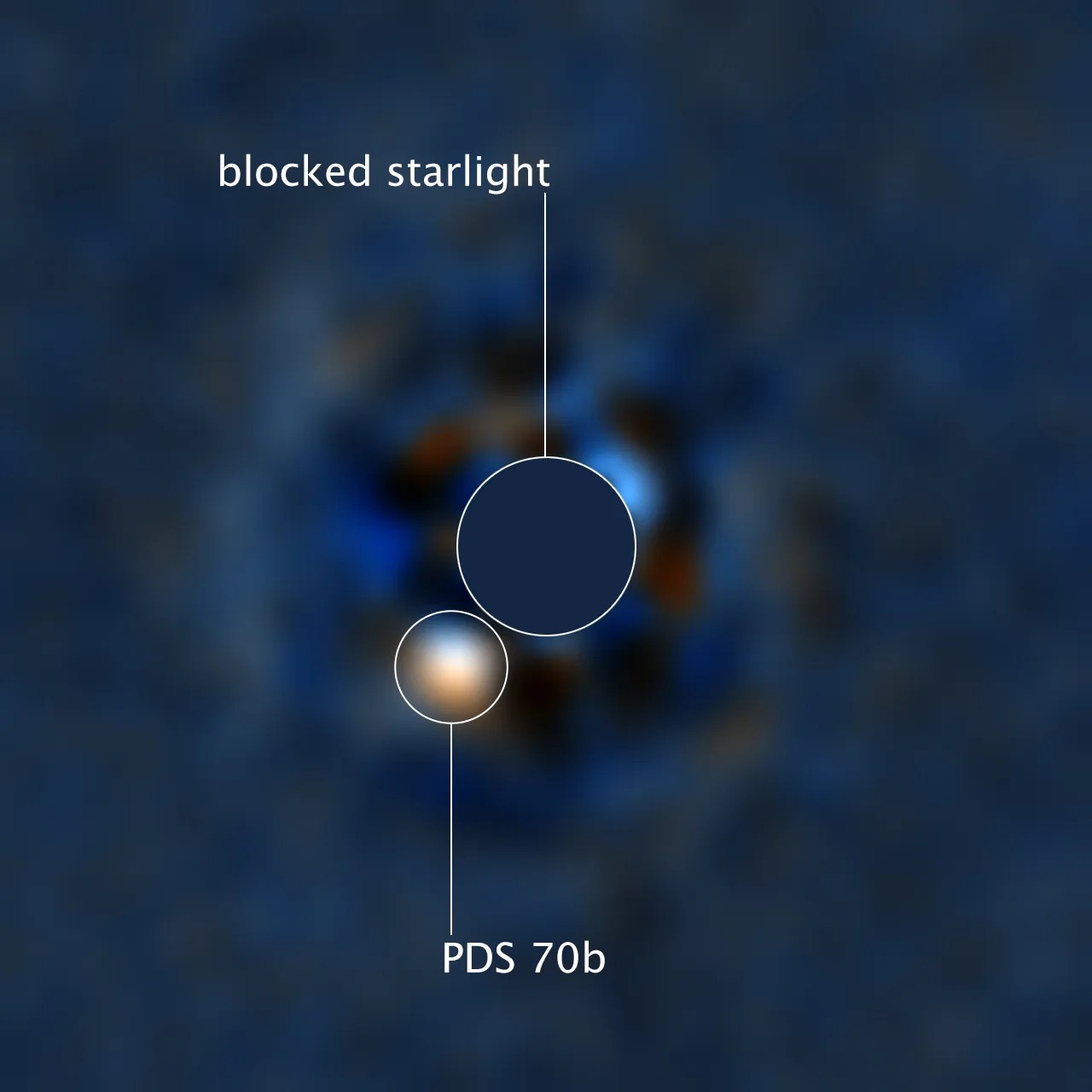
Recognizing Worlds Beyond Our Sun
Hubble’s unique capabilities allow it to explore planetary systems around other stars.
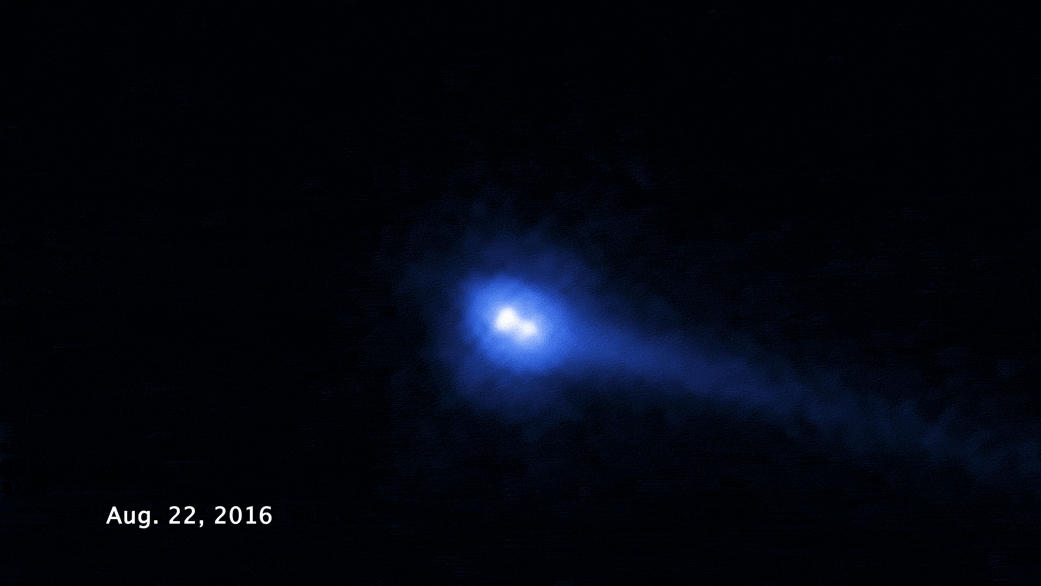
Tracking Evolution in the Asteroid Belt
These conglomerates of rock and ice may hold clues to the early solar system.

